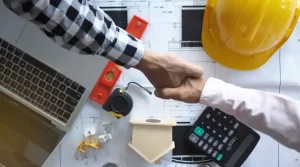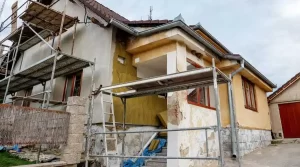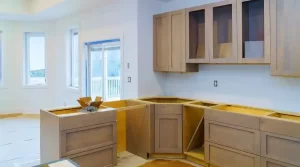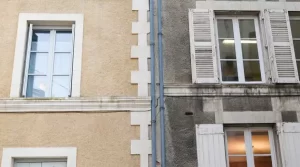In the realm of modern construction, sustainability is not just a buzzword; it is now a fundamental ethos that shapes the way we build and operate. At Hackensack Contractors and Remodelers, we’re committed to embracing sustainable practices that not only benefit the environment but also elevate the quality of our projects and contribute to the well-being of communities.
In this article , we will delve into the Three Rs of Sustainability and explore how they are applied to construction, creating a harmonious balance between ecological responsibility, economic growth, and social progress.
Reduce: Minimizing Environmental Footprint
The first pillar of sustainability is “Reduce,” and it encapsulates the efforts aimed at minimizing the environmental footprint of construction projects. This encompasses resource conservation, energy efficiency, and waste reduction.
1. Resource Conservation
Efficient use of resources is paramount in sustainable construction. We focus on optimizing material usage, selecting eco-friendly alternatives, and embracing modular and prefabrication techniques that reduce waste while enhancing project speed and quality.
2. Energy Efficiency
Energy consumption is a significant contributor to environmental impact. At Hackensack Contractors and Remodelers, we try our best to always integrate energy-efficient design principles, implement advanced HVAC systems, and leverage renewable energy sources to reduce the energy demand of our projects and services, thereby lowering carbon emissions and footprints.
3. Waste Reduction
Construction generates substantial waste, but we’re committed to minimizing it. Through careful planning, recycling programs, and innovative construction methods, we strive to reduce waste sent to landfills, promoting a circular economy within the construction industry.
Reuse: Extending Lifecycles
The second pillar, “Reuse,” focuses on extending the lifecycle of materials, structures, and buildings to minimize resource depletion and waste generation.
1. Adaptive Reuse
Rather than demolishing existing structures, we explore adaptive reuse options that breathe new life into old buildings. Converting warehouses into creative office spaces or repurposing industrial sites for residential use not only preserves architectural heritage but also reduces the environmental impact of new construction.
2. Salvaging and Refurbishing
Our commitment to sustainability extends to salvaging materials from deconstructed buildings. Salvaged wood, bricks, concrete and other elements find new purpose in our projects, infusing them with character and history while reducing the demand for new resources.
Recycle: Closing the Loop
The final pillar, “Recycle,” emphasizes creating a closed-loop system where materials are repurposed and reintegrated into the construction process.
1. Material Recycling
From concrete to metal, we prioritize material recycling to reduce the need for virgin resources. By collaborating with recycling facilities and suppliers, we ensure that materials with remaining life are diverted from landfills and reintegrated into the construction cycle.
2. Circular Design
Circular design principles guide our approach to project planning. We seek to create buildings that can be easily disassembled, promoting the recovery and reuse of components and materials once the building reaches the end of its life cycle.
Promoting the Triple Bottom Line
Embracing the Three Rs of Sustainability in construction aligns with the triple bottom line concept. This approach emphasizes three interconnected dimensions: People, Planet, and Profit.
1. People
Sustainable construction isn’t just about structures; it’s about enhancing the quality of life for occupants and communities. We prioritize indoor air quality, natural light, and green spaces in our designs, creating healthier and more enjoyable living and working environments.
2. Planet
By implementing Reduce, Reuse, and Recycle principles, we significantly reduce the ecological impact of construction. Our commitment to energy-efficient designs and materials not only minimizes carbon footprints but also conserves valuable resources for future generations.
3. Profit
Sustainability isn’t just environmentally responsible; it’s economically viable. Through cost-effective design, reduced operational expenses, and enhanced project longevity, sustainable construction offers long-term financial benefits.
Navigating the Future with Sustainability
At Hackensack Contractors and Remodelers, we believe that sustainability is the compass that guides us toward a brighter future. By embracing the Three Rs of Sustainability—Reduce, Reuse, and Recycle—we not only contribute to environmental preservation but also prioritize the well-being of people and the prosperity of our projects. Our commitment to the triple bottom line ensures that our constructions not only stand the test of time but also contribute positively to the communities they serve. Join us in building a sustainable future, one project at a time.






